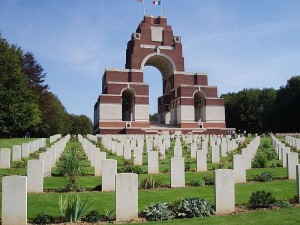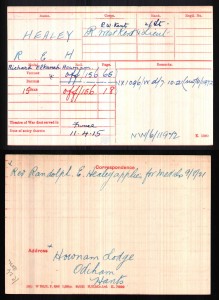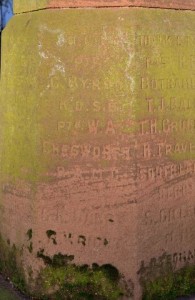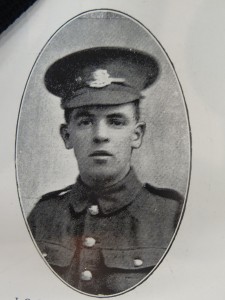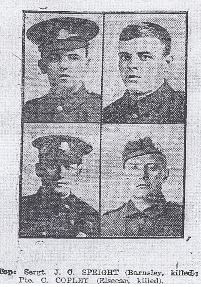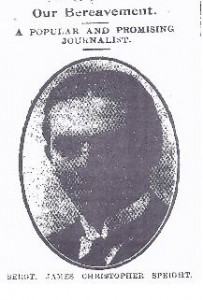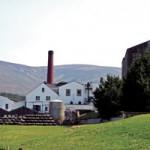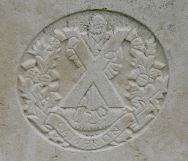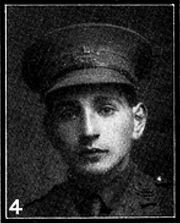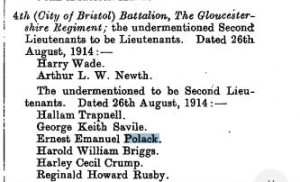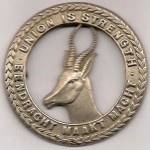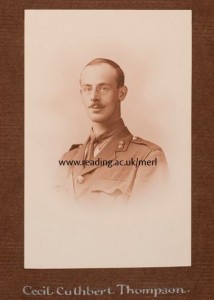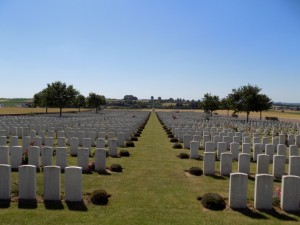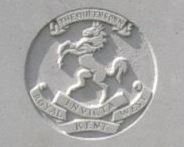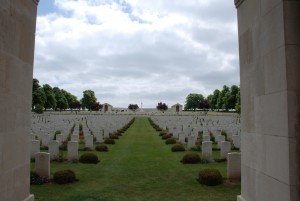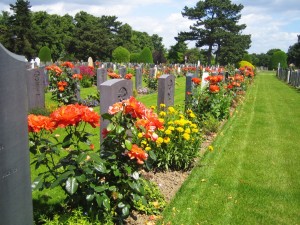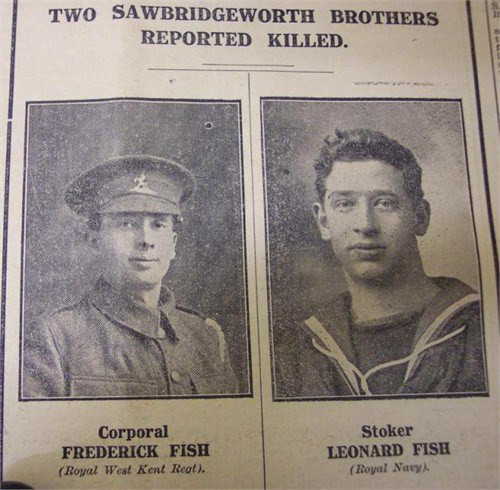The Somme Remembered – 20th July 1916
Bertrand Gorges Reginald Gordon was the son of James Rollings Gordon and his wife Isabel Emily Pauline Lawford. He was baptised at Hove in Sussex on the 8th of December 1880. Bertrand’s parents had married in Winterbourne Stoke, Wiltshire – James Rollings Gordon being born in St James, Cornwall, Jamaica (via Familysearch) in 1831, the son of James Gordon. Isabel being the daughter of Charles Lawford.
Bertrand was a career soldier, having served originally in the King’s African Rifles in the Transvaal, followed by the Warwickshire Regiment where served as a Lieutenant. Later being in the 2nd Batt. Gordon Highlanders and becoming a Lieut. Colonel. He is mentioned in Hart’s Army List of 1908. Bertrand followed in his father’s footsteps as James Rollings Gordon, as in the 1901 census he was living at 19 Victoria Road, Lambeth and gave his occupation as that of ‘Late Lt. Col. in Infantry’.
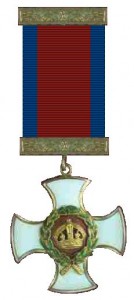
Distinguished Service Order via Wikepedia
1916 Birthday Honours list includes Bertrand as he was awarded the D.S.O. (Distinguished Service Order) over 3,800 others including 708 M.M. (Military Medal) (including the Prince of Wales), 1,217 Military Medals and 500 nurses who were awarded various Red Cross Society awards.
Bertrand had been part of the B.E.F. in 1914, seeing more than his fair share of war during his time in France. But, it was The Battle of the Somme, that would see him injured on the 1st day, but 19 days later he was killed, aged 35, during fighting at High Wood near the village of Bazentin-le-Grand – many believe his death was due to shellfire.
The Aberdeen Journal wrote ‘ Major Pailthorpe, who was the doctor attached to the 2nd Gordon Highlanders, wrote at the time: “At about 11pm I found Colonel Gordon.
“For the first time in my experience he seemed shaken – small wonder when the Bosche had been directing fire all day at his cross roads and he had had many direct hits all around him.
“About ten minutes after our return we were about to move out when crash upon crash sounded in the valley below and a battalion runner breathless gave me a slip of paper – it was from the Drum Major [Kenny], ‘The Colonel and Anderson both buried and killed – heavy barrage here – hopeless to attempt anything – am leaving’.
“It’s hard to estimate what a loss Colonel Gordon was, he had fashioned the Battalion since Loos and was entirely devoted to it. The Drum Major took a horse in the afternoon and, without disclosing his intentions, rode back and managed to bring back the bodies of Colonel Gordon and Captain Anderson.
“They were buried in the field that evening.”
Drum Major Kenny, who retrieved the bodies, had earlier been awarded the Victoria Cross, in October 1914, for rescuing wounded men under heavy fire on five occasions, and twice saving machine guns by carrying them out of action.
The other commanding officer killed at the Somme was Major R D Oxley. He was in temporary command when he was killed on September 6 at the end of the third successful, but ultimately futile, attack on Ginchy.
Of the other 2nd Battalion COs killed in action during the war were Lieutenant Colonel Henry P Uniacke, who was shot by a sniper in March 1915, Lieutenant Colonel J R E Stansfeld of Montrose, who was mortally wounded during the Battle of Loos in September 1915, and Lieutenant Colonel Hugh A Ross was killed in October 1918, two weeks before the Armistice.’
The Medal Cards for Bertrand are very interesting, I say ‘cards’ as he has four Medal Cards and one in particular has a great deal of information upon its two sides, including his medal awards, many with clasps, his name, regiment, two addresses – one being his regiment and the other being possibly a solicitor, Messrs Holt & Co., 3 Whitehall Place, SW1. There is also mention that one of the clasps for his medals was sent by post and marked as ‘undelivered’.
Any monies due according to the Soldier’s Effects records for 1917, were to be sent to R C L Gordon. This amount would be included in the sum recorded in the Probate entry for Bertrand which reads: Gordon Bertrand Gorges Reginald of Conanbury House Bognor Sussex lieutenant-colonel Gordon Highalnders died 20 July 1916 France Administration (with will) London 30 july to Alexander James Marriott Gordon major Royal Inniskilling Fusiliers. Effects £226 9s 8d. Former Grant November 1916.
The Commonwealth War Graves Commission entry for Bertrand tells that he rests in Dernancourt Communal Cemetery, some three kilometers south of Albert along with over 120 other casualties of The Somme Battles, including some French burials. The Field Ambulance used the cemetery up to August of 1916. The CWGC entry for Bertrand, has no family information, only the basic details are recorded.
Bertrand is remembered locally on St Wilfred’s War Memorial, Bognor Regis.
Like this:
Like Loading...
